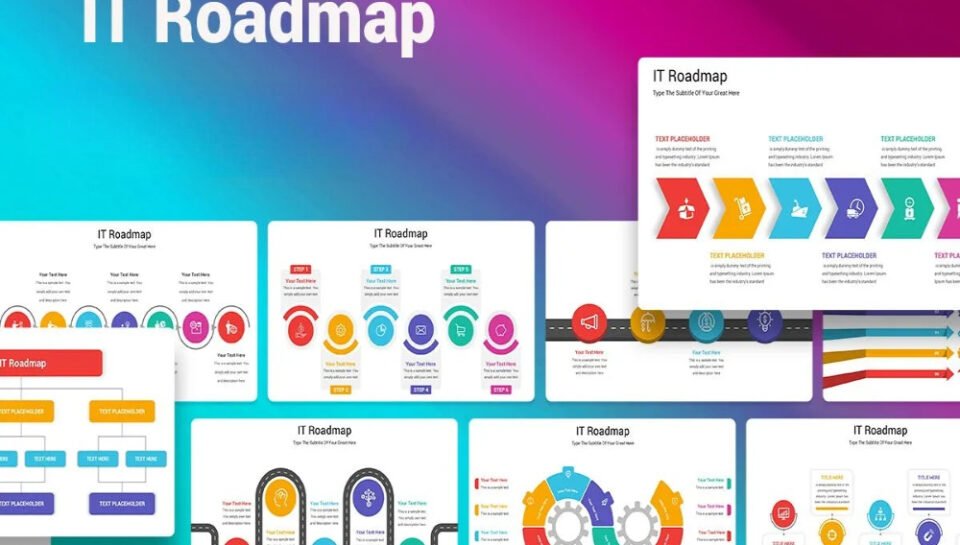
How should startups prioritize system integration in their IT roadmap?
Start with Mission-Critical Processes
- Identify pain points where manual work causes delays or errors.
- Focus on core areas like customer onboarding, billing, or support.
- Prioritize integrations that remove operational bottlenecks.
- Select use cases with immediate ROI or productivity benefits.
- Consider risk exposure and compliance when ranking integration needs.
Evaluate Integration Impact on Growth Goals
- Determine how each integration supports marketing, sales, or product growth.
- Target systems that will unlock scaling opportunities (e.g., CRM + marketing automation).
- Factor in integrations required for team expansion or new markets.
- Assess how each integration contributes to speed, quality, or reach.
- Consider whether integrations will support new service lines or offerings.
Assess Technical Feasibility and Readiness
- Review current tech stack to ensure compatibility and integration support.
- Choose systems with open APIs and strong documentation.
- Validate availability of internal or external integration expertise.
- Identify any legacy systems that may block smooth integration.
- Use technical audits to plan phased implementation timelines.
Balance Short-Term Wins and Long-Term Strategy
- Combine high-impact quick wins with foundational long-term projects.
- Plan low-effort integrations that free up time and resources.
- Invest in integrations that prepare for data centralization and analytics.
- Balance tactical automations with strategic platform consolidation.
- Keep flexibility to adjust priorities based on team growth or customer demand.
Create a Timeline with Milestones
- Break the roadmap into quarterly or milestone-based phases.
- Assign owners and track progress using project management tools.
- Align integration work with broader IT and product development cycles.
- Build feedback loops for iterative improvement.
- Communicate progress and wins across the company to build momentum.





